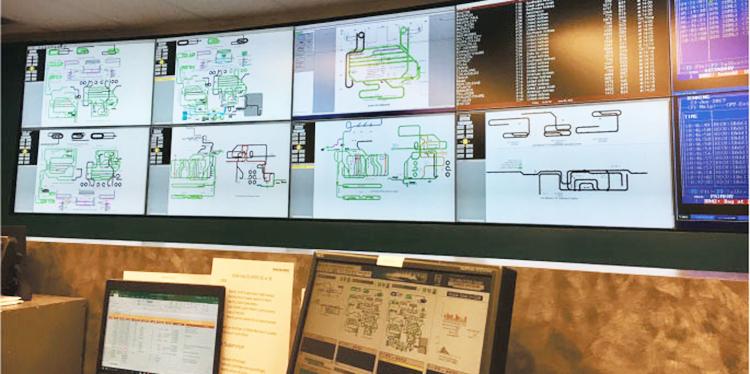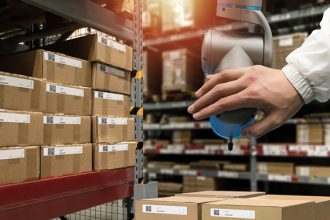Safety And Speed: Latest Conveyor And Sorter Features Deliver Both

Two decades ago, high-speed conveyors and sortation equipment were running at 50 feet per minute. Today? Try nearly 700 feet per minute in certain applications. And while that high rate of speed translates into faster movement and sorting of the parcels and shipments primarily destined for e-commerce consumers, it also increases the safety risks for employees working with — or in close proximity to — the machinery. Particularly as operations add more personnel to support the equipment as an approach to keeping up with throughput demands.
Fortunately, there are a variety of features integrated into today’s high-speed conveyors and sorters that ensure worker safety. A recent article in MHI Solutions magazine, “Ensuring Safety Is Not Sacrificed for Speed in Conveyor and Sortation Systems,” produced by the members of the Conveyors and Sortation Systems (CSS) Industry Group of MHI, explores the latest tools and processes that can help reduce the potential for injury.
One measure is to add more physical barriers, such as guarding, to the sides of the system to obstruct access. Performing safety assessments and audits to identify areas of concern and subsequently develop and implement protective guarding solutions are a good way to address the risks of human/machine interaction.
Further, safety programmable logic controllers (PLCs) are increasing the intelligence of safety devices integrated within conveyors and sortation systems. Safety PLCs control all safety systems within a facility. With them, an operation can be sub-divided into different zones. When triggered, only the zone with a safety issue will stop rather than halting the entire conveyor system. This not only keeps operators safe, but also reduces the impact on productivity should a stoppage occur. Additionally, safety PLCs allow operators to stop only a specific area should a package become hung up or fall off a conveyor or sorter and need to be manually retrieved.
To prevent employees from circumventing physical safety guarding and other protective features, proximity and sensing devices can be implemented. When the device detects the presence of an operator, the equipment is triggered to slow to a safe speed or to stop completely.
Finally, ergonomic assist devices that reduce the risk of an injury due to a strain, lifting, stretching, reaching, bending, pulling, or pushing a heavy carton can be integrated into a conveyor or sortation system. Adding technologies such as turntables, lift tables, vacuum lifts, and lift assist devices can help alleviate some of the physical demands associated with manually interacting with loads on conveyors or sorters, making these types of jobs both safer and more appealing to workers.
For more details on how safety devices can be integrated into high-speed conveyor and sortation equipment, read the full article here.
The Conveyor & Sortation Systems (CSS) industry group — whose 30-plus members have completed thousands of projects ranging from small, initial automation investments to large, complex projects synthesizing integrators, multiple vendors, and different municipalities — are the industry’s leading providers of conveyors and sortation systems. They design, fabricate and install conveyor and sortation systems worldwide and in virtually every major manufacturing and distribution sector.



